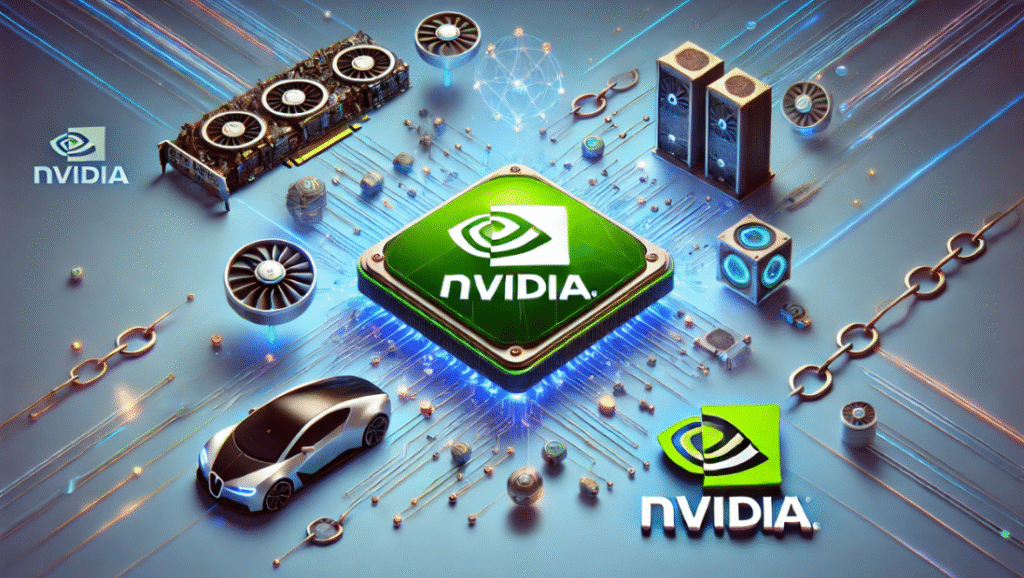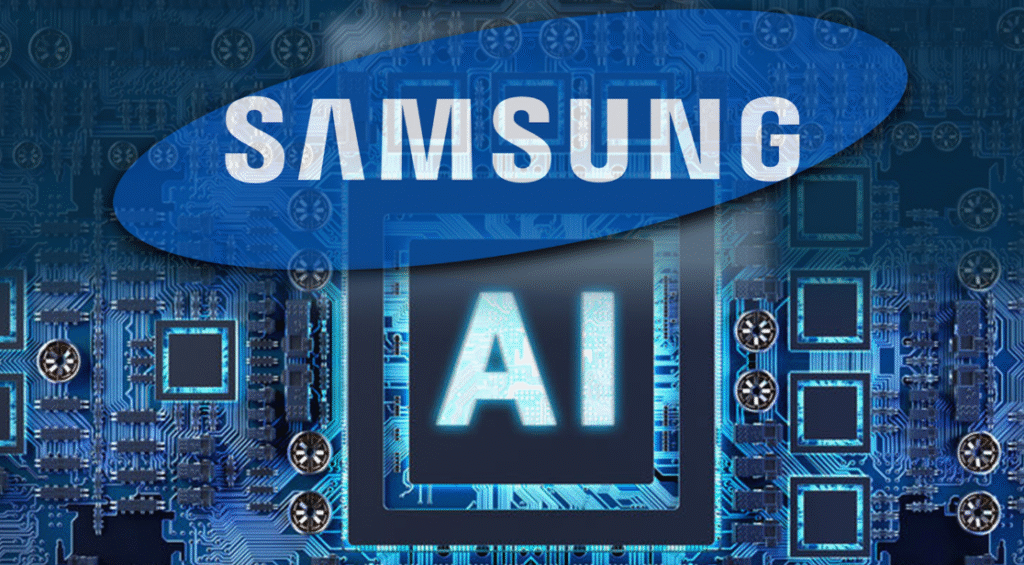Samsung long a memory-chip leader, has moved to compete with Nvidia by designing its own AI-focused chip called Mach‑1. This chip is aimed at edge‑computing applications with designs meant to reduce memory bandwidth. Samsung plans to launch Mach‑1 in early 2025 to compete in specialized applications even though it does not match Nvidia’s powerful H100 or B200 GPUs yet.
Can the New Mach‑1 Chip Threaten Nvidia?
Samsung is also moving into AI chip design. Its new chip, Mach‑1, targets inference tasks making predictions rather than training large language models . Mach‑1 uses low-power memory and innovative architecture to reduce power use and memory bottlenecks. It is expected in early 2025 and already earned a pilot deal from South Korea’s tech giant Naver. Samsung plans to sell roughly 150,000–200,000 chips at around $3,760 each a bold start.

While Mach‑1 won’t challenge Nvidia’s H100 or Blackwell GPUs, it could prove competitive in edge computing or web-scale AI services seeking lower cost and energy use.
Samsung Falls Behind but Holds a Future Chance
Samsung’s second quarter 2025 earnings painted a challenging picture: profits dropped 56%, largely due to U.S. export restrictions and delays in HBM delivery to Nvidia. Its stock performance has lagged as shareholders demand restructuring and faster innovation Meanwhile, rivals SK Hynix posted record profits and continued expanding, thanks to booming demand for AI memory with Nvidia as a major customer.

Samsung has strong advantages: vast production capacity, deep pockets for investment, and a fully built Texas foundry. Morgan Stanley predicts an HBM opportunity worth $71 billion by 2027.
Can Samsung Make a Dent?
Samsung’s future in the competitive AI hardware market depends on three very important areas. The first is the success of its new AI chip, Mach‑1. If these chips turn out to be reliable, fast, and energy-efficient especially for tasks like inference in edge computing Samsung may be able to gain traction in a market currently dominated by Nvidia. The fact that large tech companies such as Naver, one of South Korea’s biggest online platforms, are already backing Mach‑1 is a positive sign.
Samsung lies in its chip manufacturing operations, especially at its Texas foundry, where it recently secured a major $16.5 billion deal with Tesla.
The success of this deal will depend on Samsung’s ability to manufacture chips with high quality and strong yield rates. If Samsung can meet Tesla’s needs consistently, it will show that the company is not only capable of designing advanced chips but also producing them at scale without delays or defects.


 AI Robots Help Kenyan Farmers Remove Weeds and Work Fields
AI Robots Help Kenyan Farmers Remove Weeds and Work Fields  Rise of Quantum Internet Future of Communication
Rise of Quantum Internet Future of Communication  Best Budget Laptops for Programming Students in 2025
Best Budget Laptops for Programming Students in 2025  The Future of Technology Top Trends Shaping 2025
The Future of Technology Top Trends Shaping 2025  Mistral AI New Challenges in AI Revolution?
Mistral AI New Challenges in AI Revolution?